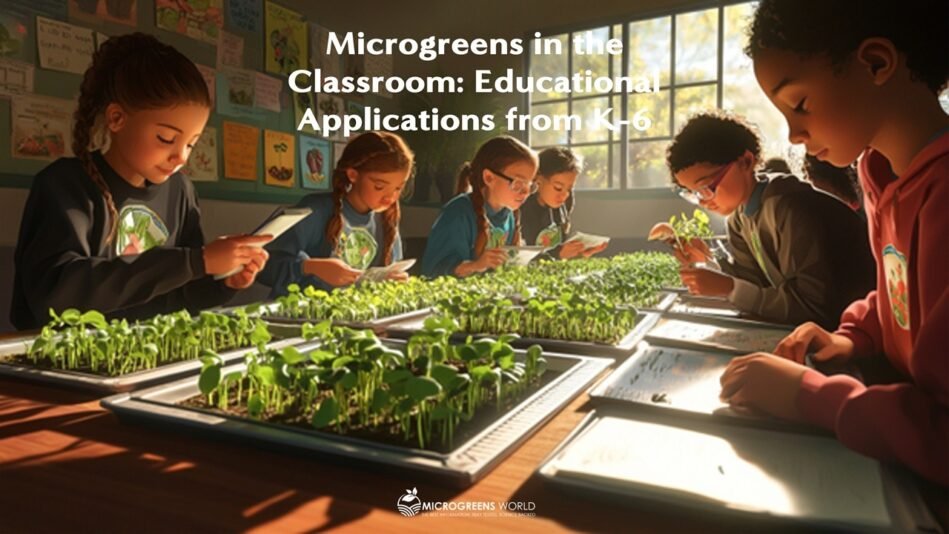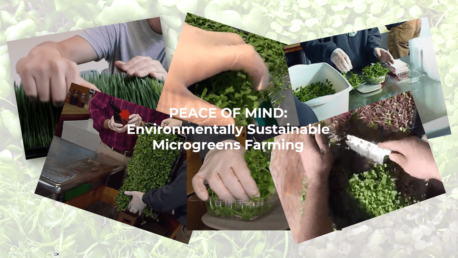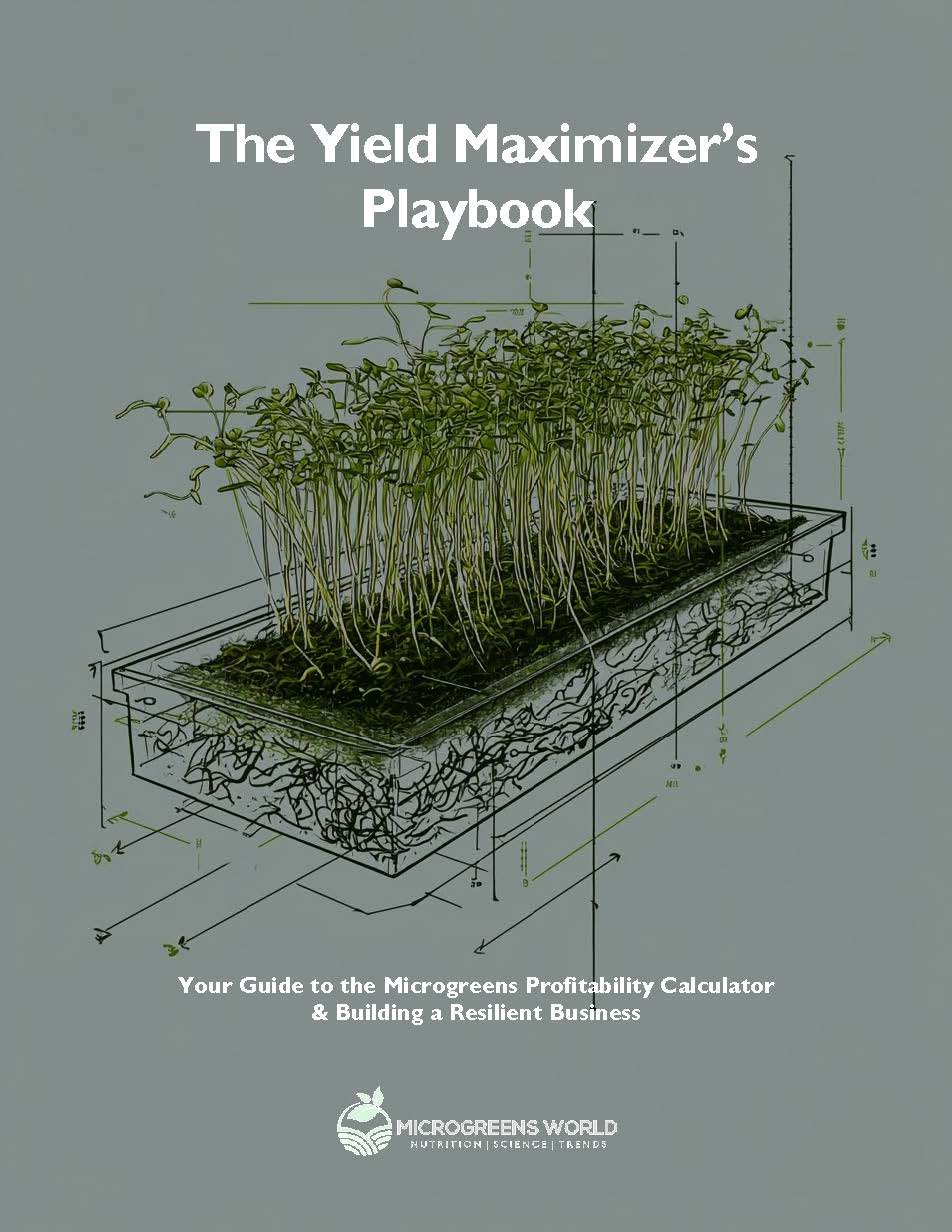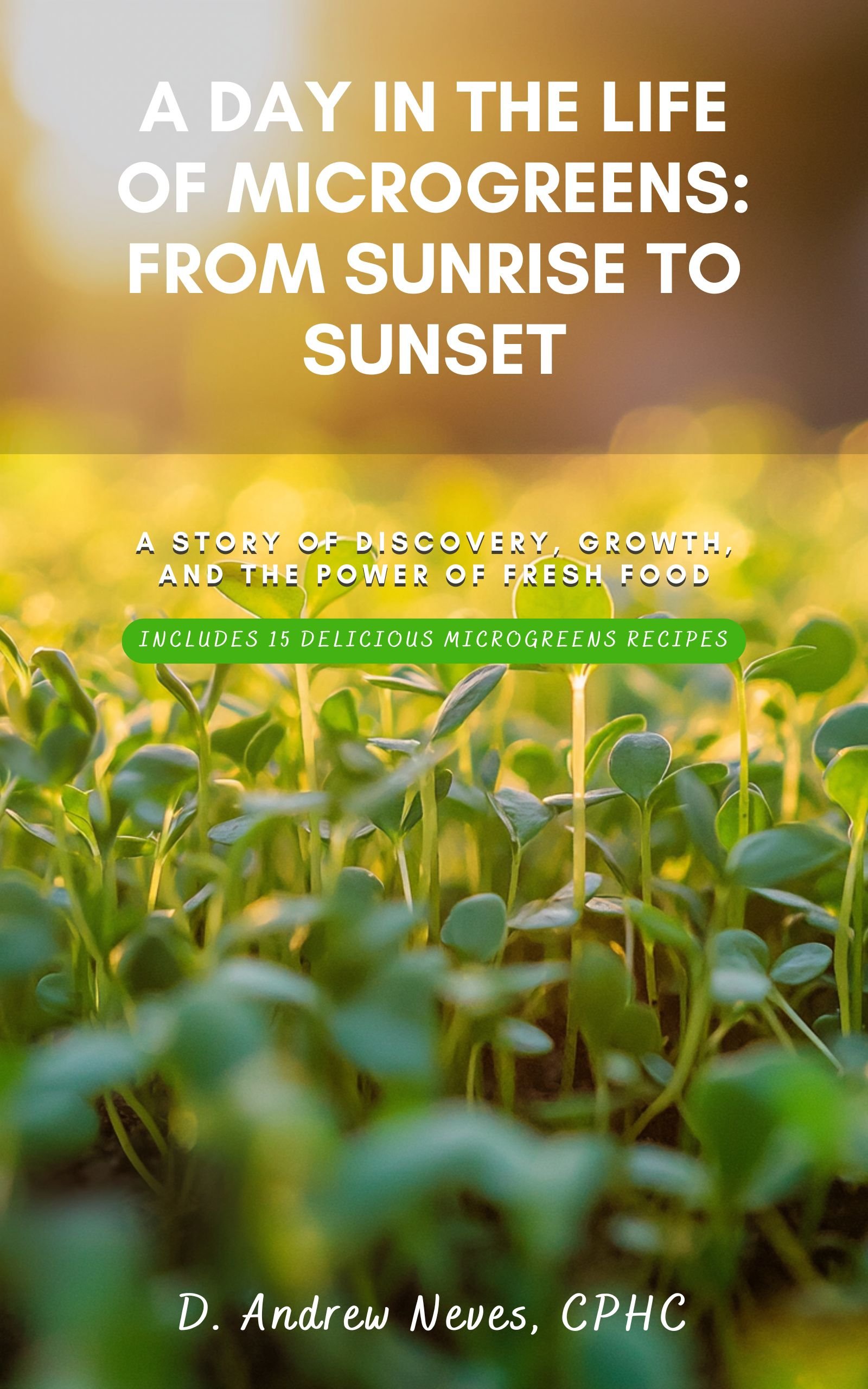Step into any elementary classroom, and you’ll likely find a science experiment in progress—a bean sprouting in a plastic cup, a caterpillar inching toward metamorphosis, or a weather chart tracking the season’s changes.
Young learners thrive on tangible experiences, where the abstract becomes real through observation and hands-on interaction.
Microgreens, with their rapid growth cycle and nutritional punch, offer a uniquely engaging educational tool. In less than a week, children can plant, monitor, and harvest their crop—watching the transformation unfold like a time-lapse video, only in real life.
Beyond the novelty, microgreens open a window into science, technology, engineering, and math (STEM) concepts while fostering food literacy and environmental awareness.
This article explores how educators can use microgreens to enrich K-6 curricula, building on successful models such as the Feeding Our Future program and similar classroom initiatives across the country.
Key Takeaways
- Microgreens are perfect for classrooms with their quick 6-day growth cycle, minimal space needs, and year-round indoor growing potential.
- Microgreens support STEM education through hands-on learning about plant biology, engineering growing systems, and mathematical data collection.
- Growing microgreens builds food literacy by connecting children to their food source, encouraging healthier eating habits and nutrition awareness.
- The structured two-week microgreen project provides a practical day-by-day framework for easy classroom implementation.
Why Microgreens?
STEM Learning Through Microgreens
Food Literacy & Nutrition Education
Implementing a Two-Week Microgreens Project
Growing Microgreens: Addressing Common Challenges
Success Stories and Existing Classroom Programs
Engaging Parents and Families
Related Questions
Microgreens in the Classroom: What it all boils down to
Resources
What makes microgreens such a perfect fit for young students?
First, they grow quickly—unlike the average houseplant, which can take weeks to show signs of life, microgreens go from seed to harvest in as little as six days. This near-instant gratification keeps children engaged and curious, allowing them to witness an entire growth cycle in a timeframe that matches their natural attention span.
Beyond their speed, microgreens are space-efficient and require minimal resources. A shallow tray, some potting soil (or a hydroponic mat), and a light source are all it takes to start a thriving microgreens garden. Because they can be grown indoors year-round, they offer a reliable project unaffected by seasonal constraints.
Then there’s the health angle—microgreens are nutritional powerhouses, packed with vitamins, minerals, and antioxidants.
Introducing them early in a child’s education not only teaches plant biology but also encourages healthier eating habits. When children grow their own food, they are far more likely to taste and enjoy it—an effect that has been observed in school garden programs nationwide.
In short, microgreens offer an accessible, affordable, and deeply rewarding way to introduce young students to plant science, sustainable agriculture, and nutrition—all in a format that fits on a classroom windowsill.
Microgreens provide an entry point to foundational STEM concepts, transforming the classroom into a living laboratory where students observe, hypothesize, and experiment.
Whether they are investigating plant growth patterns or testing different environmental conditions, students develop skills in critical thinking and data analysis while engaging in real-world scientific inquiry.
Science comes alive when students witness photosynthesis in action, tracking how tiny seeds germinate in darkness before stretching toward the light.
The experiment deepens when they compare soil-based and hydroponic growth, asking questions about nutrients, water retention, and plant health.
They might explore plant genetics by growing different microgreen varieties, testing which conditions yield the healthiest crops, or even experimenting with different water pH levels to see how plants respond.
The role of microbes in soil ecosystems can also be introduced, fostering an early understanding of symbiotic relationships in nature.
Technology and engineering elements emerge when students build their own growing systems.
They might adjust light placement and exposure (learning about the electromagnetic spectrum along the way), test different growing media, or set up automated watering systems.
Even the act of programming a timer for grow lights introduces basic engineering principles.
More advanced projects could involve designing efficient vertical growing structures, maximizing space while considering airflow and moisture control.
Mathematics becomes practical when students measure growth rates, record germination percentages, and graph their findings.
Estimating seed density, tracking water usage, and calculating the time to harvest reinforce skills in measurement and data analysis.
Students could compare growth trends in different lighting conditions, applying statistical concepts such as mean, median, and range to their observations.
They may also use multiplication and division to predict harvest yields, introducing concepts of scalability in agriculture.
By integrating microgreens into lesson plans, educators tap into children’s natural curiosity while aligning with academic standards.
A simple tray of radish greens can spark discussions on climate change, sustainable agriculture, and food security—big topics distilled into a small but powerful learning experience.
Moreover, hands-on engagement fosters a sense of responsibility and ownership, reinforcing lessons in environmental stewardship and resource management.
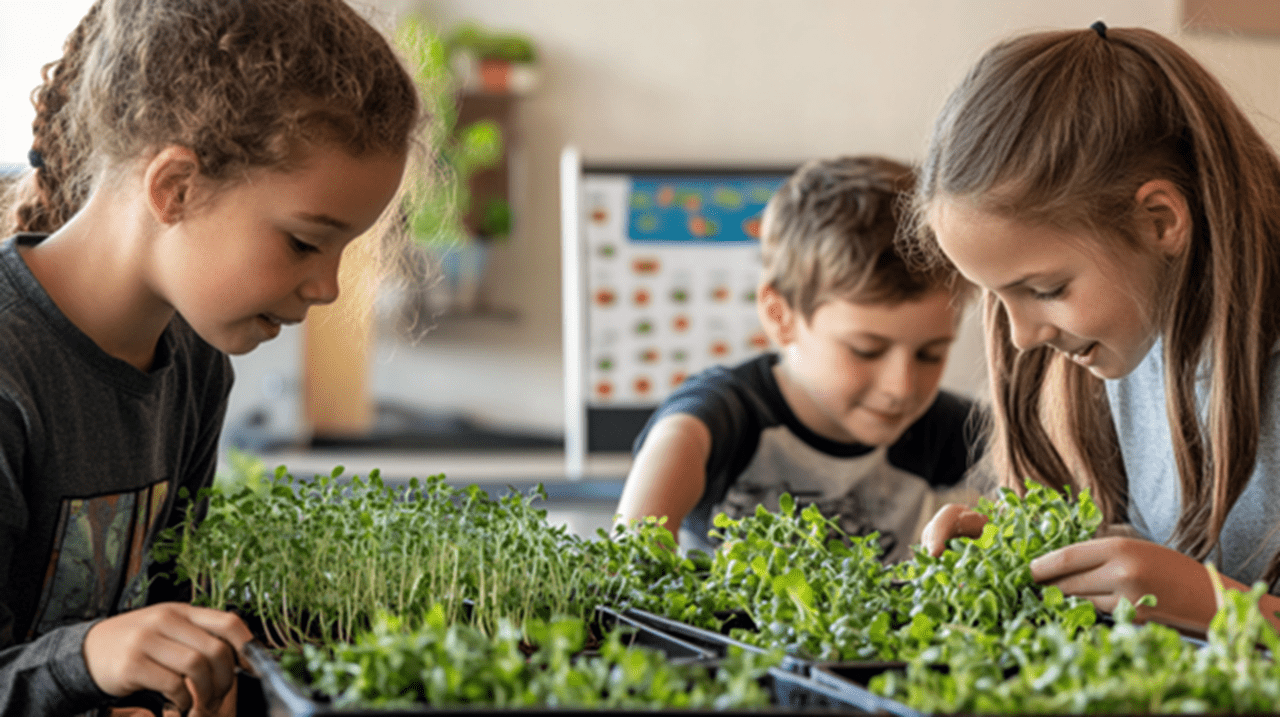
Food literacy—the ability to understand where food comes from, how it’s grown, and its impact on health—has become a critical component of early education.
With childhood obesity and diet-related illnesses on the rise, helping students develop a connection to fresh, whole foods is more important than ever.
Microgreens offer an easy and engaging way to introduce children to the fundamentals of nutrition. Unlike packaged snacks, which arrive at the table processed beyond recognition, microgreens retain their original form from seed to plate.
When students grow and taste them firsthand, they build a sensory connection to fresh food—learning not only that plants are edible but also that they can be delicious.
This awareness extends beyond the classroom. Many schools have introduced microgreens into their cafeteria programs, incorporating them into salads and sandwiches.
In doing so, they reinforce a lesson that transcends science: that healthy eating starts with understanding and appreciating where food comes from.
A structured, hands-on project makes microgreens education both practical and impactful.
Here’s a simple, two-week classroom plan using radish, sunflower, or pea microgreens, each offering distinct growth characteristics and flavors:
| Week 1 |
|
| Week 2 |
|
This schedule balances observation with direct engagement, ensuring that students remain actively involved from planting to plate.
The result?
A classroom full of budding scientists, engineers, and health-conscious eaters.
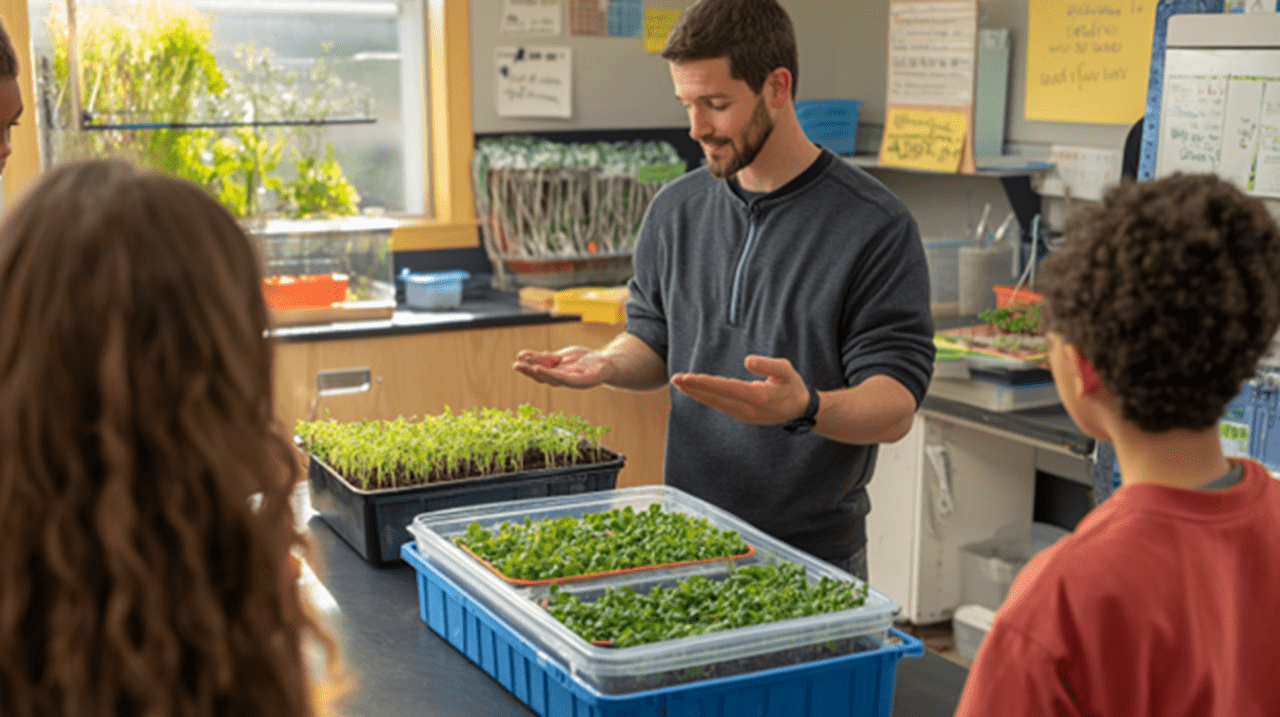
While microgreens projects offer numerous benefits, educators should prepare for potential challenges:
- Weekend maintenance: Use self-watering systems or assign “plant monitors” who take turns caring for the crop during breaks.
- Failed crops: Keep extra seeds on hand for quick replanting. Use crop failures as valuable learning opportunities about resilience and troubleshooting.
- Allergies and sensitivities: Research seed varieties beforehand and communicate with parents about potential allergens. Sunflower microgreens are generally well-tolerated alternatives.
- Limited resources: Start with recycled containers and natural window light if budget constraints exist. Community partnerships with local garden centers can provide donated supplies.
Many schools have already embraced microgreens as a teaching tool, demonstrating their effectiveness in diverse educational settings.
Aquatree, a company specializing in indoor gardening solutions, has introduced microgreens kits tailored for classrooms, complete with lesson plans that align with national STEM standards.
Oregon State University’s Farm to School program has distributed microgreens grow kits to elementary classrooms, fostering interactive nutrition education.
And across the country, initiatives like KidsGardening.org have provided educators with resources to incorporate microgreens into science and food literacy curricula.
Teachers report that students not only engage deeply with the process but also take pride in their harvest—often bringing samples home to share with their families.
In some cases, school cafeterias have incorporated student-grown microgreens into their meal programs, reinforcing the farm-to-table connection within school walls.
These success stories highlight the versatility of microgreens as an educational tool—one that fosters curiosity, responsibility, and a deeper appreciation for the food we eat.
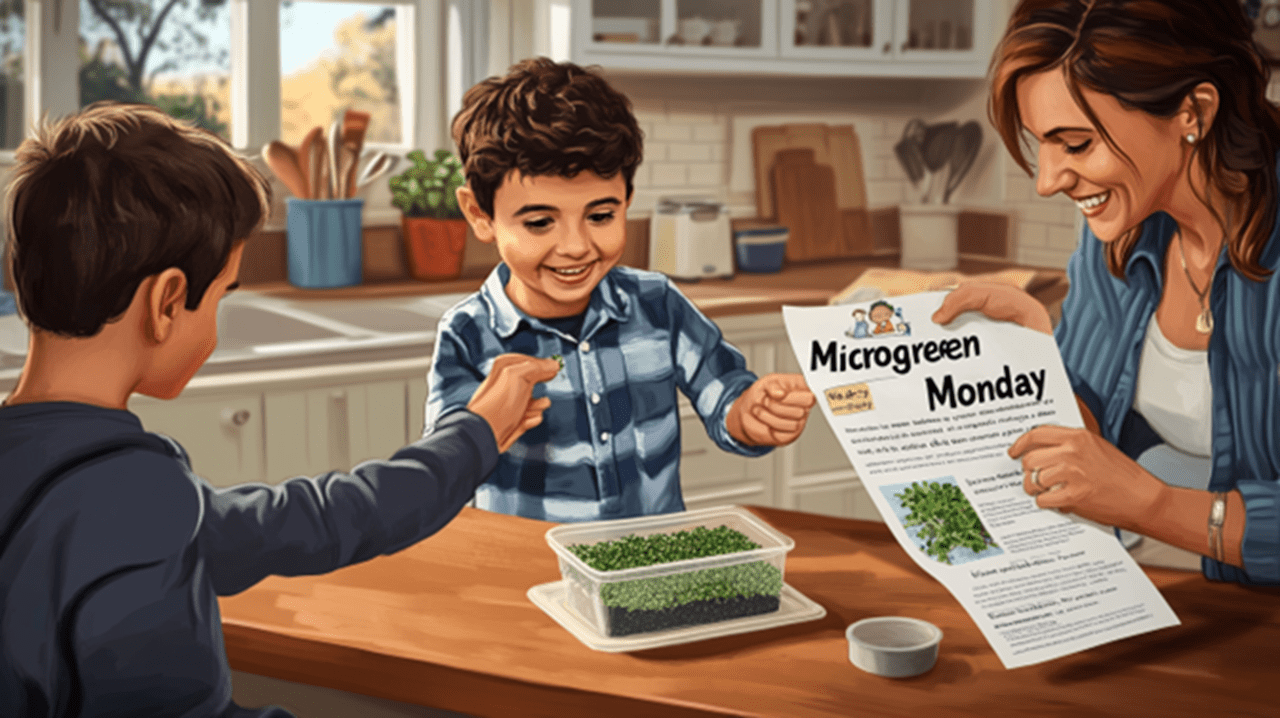
Extend learning beyond classroom walls by involving families in the microgreen journey.
Send home simple growing instructions with a small sample of harvested microgreens, encouraging families to replicate the project.
Create “Microgreen Monday” newsletters with photos of classroom progress and simple recipes families can try together.
This parent engagement reinforces learning and creates healthy food connections at home.
What are the basic supplies I need to start a microgreens project in my classroom?
You’ll need shallow trays, potting soil or hydroponic mats, microgreen seeds (radish, sunflower, or pea recommended), and a light source. Recycled containers work if budget is limited, and local garden centers might donate supplies.
Are there any safety concerns or allergies I should be aware of with classroom microgreens?
Some children may have allergies to certain seeds, with sunflower microgreens generally being well-tolerated alternatives. Teachers should research varieties beforehand and communicate with parents about potential allergens.
How can I partner with local schools to bring microgreens education to classrooms?
You could offer to donate seeds, growing supplies, or your expertise to local schools by contacting science teachers or administrators. Consider sharing resources mentioned in the article and offering to help implement the two-week project plan.
Microgreens offer more than just a gardening project; they provide a lens through which students can explore science, technology, engineering, mathematics, and nutrition.
Their rapid growth cycle, nutritional benefits, and adaptability make them an invaluable classroom tool—one that cultivates curiosity as much as it does crops.
By incorporating microgreens into K-6 education, teachers create opportunities for hands-on learning that bridges the gap between the classroom and the real world.
From understanding the fundamentals of plant biology to exploring food sustainability, students gain knowledge that extends beyond textbooks.
The best part?
It all happens on a classroom table, in a shallow tray of soil, under the watchful eyes of eager young learners—who, in just a matter of days, will taste the fruits (or rather, the greens) of their labor.
For educators looking to extend these concepts to middle school (grades 6-8), the same principles apply with increased complexity—students can design controlled experiments, collect quantitative data on growth variables, and explore market applications through school enterprise projects.
Resources
Implementation Guides:
- (n.d.). Microgreens growing guide. KidsGardening.org. https://kidsgardening.org/resources/growing-guide-microgreens/
- Cornell Garden-Based Learning. (n.d.). Growing microgreens. Cornell University. https://gardening.cals.cornell.edu/lessons/project-s-o-w-seeds-of-wonder-food-gardening-with-justice-in-mind/unit-1-cultivating-community/1-5-growing-microgreens/
Curriculum Connections:
- Knott, S., & Wyant, C. (n.d.). Growing microgreens. National Agriculture in the Classroom. https://agclassroom.org/matrix/resource/1303/
- Oregon State University. (n.d.). Growing microgreens in the classroom. OSU Extension Service. https://workspace.oregonstate.edu/farm-to-school-and-nutrition-education-growing-microgreens-in-the-classroom
- Barresi, J. (2018). 14-day salad: Using project-based learning to grow microgreens. Teaching Young Children, 11(4). https://www.naeyc.org/resources/pubs/tyc/apr2018/project-based-learning-microgreens
Scientific Background:
- Di Gioia, F., & Santamaria, P. (2021, September 28). Small but mighty: Microgreens go from trendy vegetables to functional food. Penn State University News. https://www.psu.edu/news/research/story/small-mighty-microgreens-go-trendy-vegetables-functional-food/
- Xiao, Z., Lester, G. E., Luo, Y., & Wang, Q. (2012). Assessment of vitamin and carotenoid concentrations of emerging food products: Edible microgreens. Journal of Agricultural and Food Chemistry, 60(31), 7644–7651. https://doi.org/10.1021/jf300459b
Additional Reading:
- Millard, E. (2014). Indoor kitchen gardening: Turn your home into a year-round vegetable garden. Cool Springs Press. https://www.amazon.com/Indoor-Kitchen-Gardening-Year-Round-Vegetable/dp/159186593X
- Neves, Andrew (2021). Children of the soil: Nine days to growing nutritious microgreens at home. MBS Publishing. https://microgreensworld.com/the-easy-guide-how-to-grow-microgreens-at-home/
